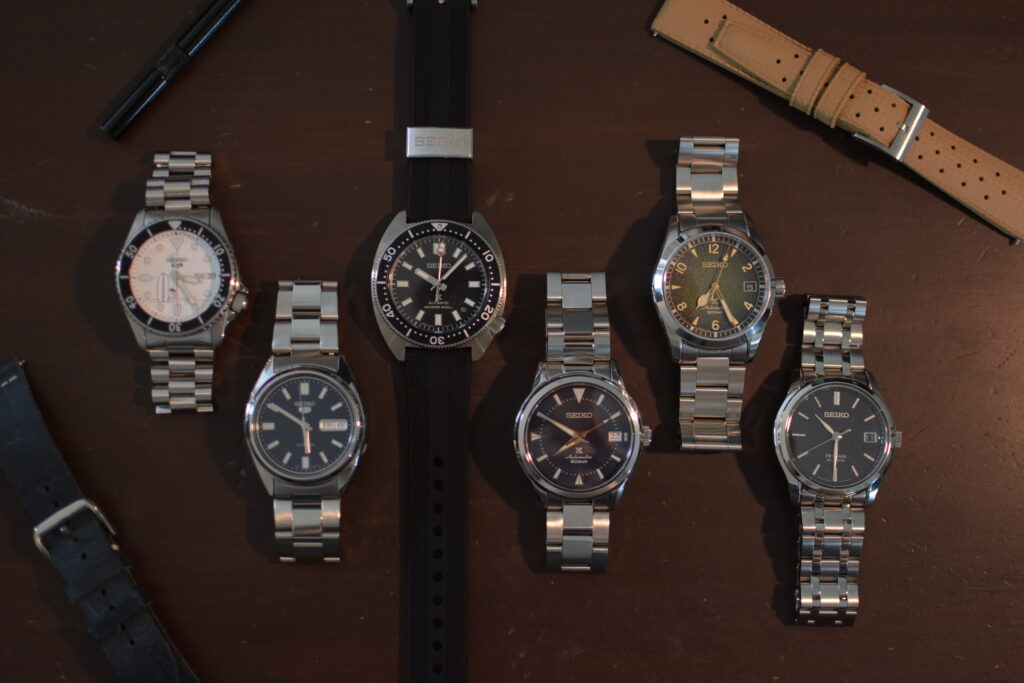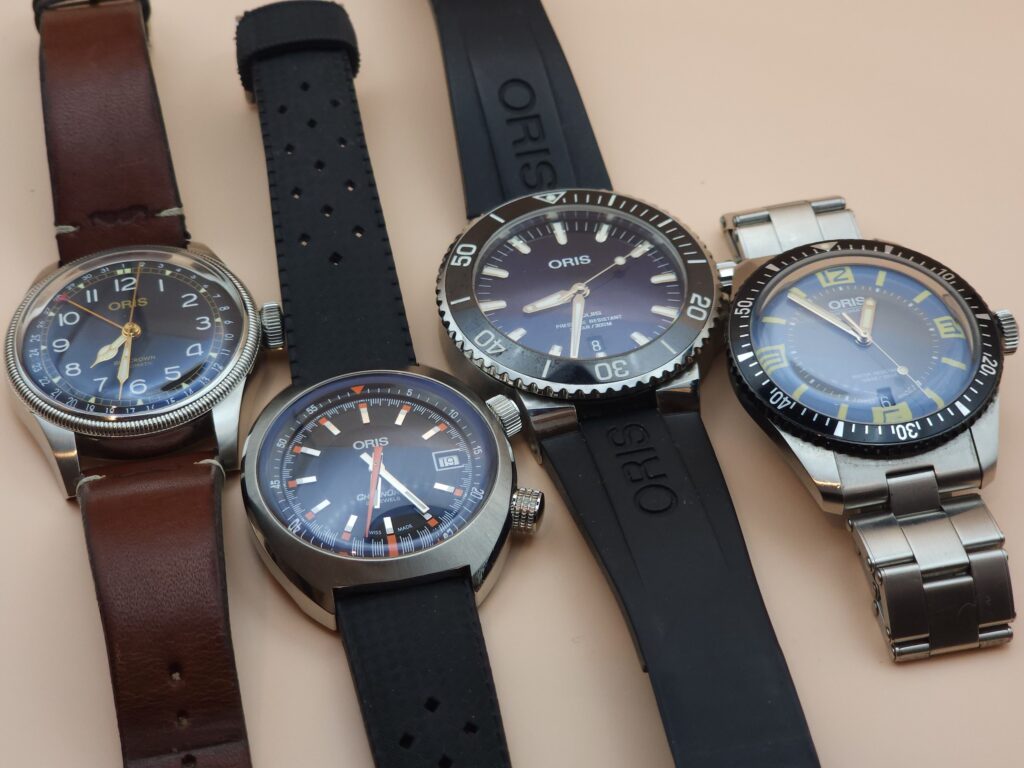Modern Seiko’s get a bad reputation nowadays for various reasons. Some argue that the value-for-money just isn’t as good anymore. That is entirely understandable considering a new Seiko SARB035 used to be around USD$300 roughly 10 years ago. You used to be able to readily find new Seiko SKX013’s for under USD$200, and not to mention Seiko 5’s for $50 to $80. Nowadays, modern Seiko’s have “hyper” inflated prices, with entry level Seiko 5’s reaching RRP’s of $300 to $400 USD. Seiko’s Prospex and Presage line up of watches are no different, both having increased dramatically over the past few years.
Modern Seiko’s don’t have the best quality either, at least when compared to their older models. Here’s a couple of examples:
- Signed Crown: The previously USD$300 SARB035 had a signed crown, the current USD$2000 Seiko SPB383 GMT for $2000 does not have a signed crown.
- ISO–Certification: Seiko SKX013 for USD$200? ISO-certified. The modern SRPK 38mm successor? 100m water resistance with a non screw-down crown.
Not to mention, modern Seiko’s are notorious for their quality control issues. How to tell if a modern Seiko is genuine? Look for the misaligned bezel or chapter ring. In short, modern Seiko’s are surrounded by tons of criticisms and drama, and rightfully so. But I for one, perhaps playing a bit of Devil’s Advocate, am less focused on the shortcomings of modern Seiko’s. The way I see it, I’ve been spoilt, and now reality is simply catching up.
Why I love Seiko’s
When I started my watch journey, I wasn’t in a financial state to buy “luxury” watches – i.e., anything more expensive than a $10 F-91w. So, I had to make every purchase count. Naturally, I was limited to a handful of “serious” watch brands, the best of which, was Seiko. My first ever automatic watch purchase, was a Seiko Orange Monster Gen 2 (SRP309J), made in Japan, for $250 brand new. It had ridiculous lume, metal bracelet, 200m ISO-rated water resistance, and a 4R movement made to withstand years of abuse. Thinking about it now $250 for all that is actually insane.
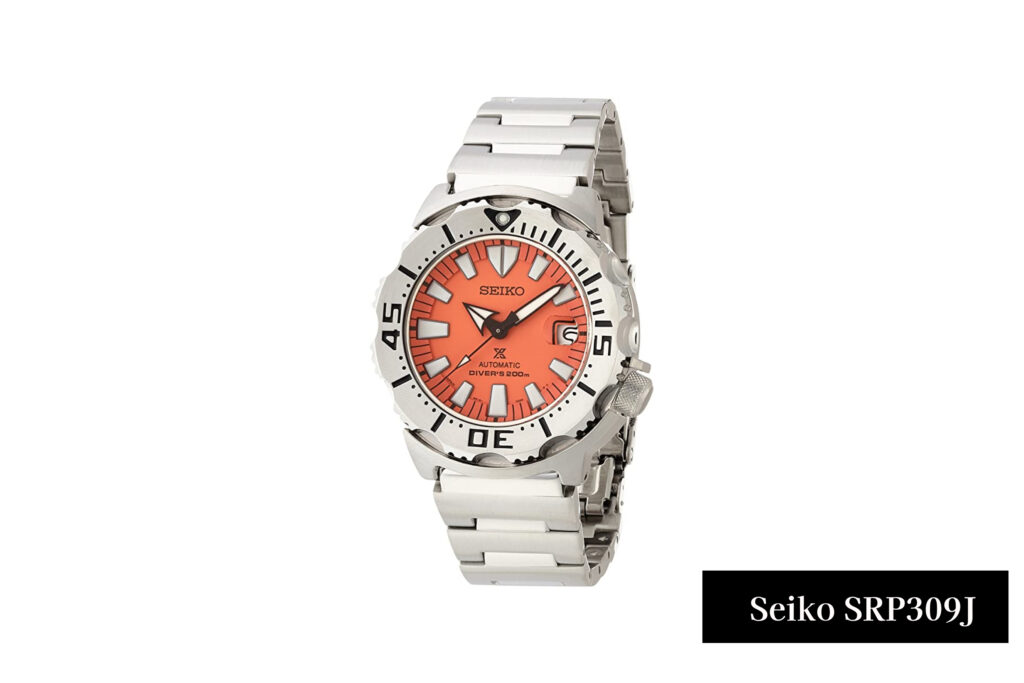
But here’s the thing, I didn’t fall in love with the SRP309 for it’s specs, I did it for the looks and the vibes. I’ve bought countless Seiko’s since then. Not once have I ever thought: “Wow what a ridiculously well spec’ed watch, it’s ugly but Imma buy it anyways”. That’s really the sentiment, I love Seiko for their design DNA, history, and their commitment to making everything in-house. I appreciate the Japanese watchmaking culture, and their ability to make watches stand out regardless of their price tag.
The thing with Modern Seiko’s, amongst all the dramas and controversies; they never lost their charm. Don’t believe me? I’ll show you. I will preface if you buy Seiko’s purely for their value proposition then you might not enjoy this next activity very much.
Modern Seiko’s vs Older Seiko’s
For the following activity, I’m going to ask that you disregard your current views on Seiko. Let me take you through why I continue to like and enjoy modern Seiko’s, regardless of all their controversies. We’ll be comparing older Seiko’s, and their modern equivalent.
Seiko SARB033 vs Seiko SRPD99
The Seiko SARB needs no real introduction really. It’s been consistently one of the most talked about affordable everyday watches across every single media outlet. Even I did a review of the SARB035 recently. It’s got the perfect goldilocks dimensions, timeless design, and a strong JDM heritage that’s desirable in the watch community. Its modern counterpart, the Seiko SRPD99 (RRP$500) , was released in October of 2019. Almost a year after the Seiko SARB035 and 033 was discontinued. This might ruffle a few feathers but I believe the SRPD99 is a much more comfortable watch than the SARB.
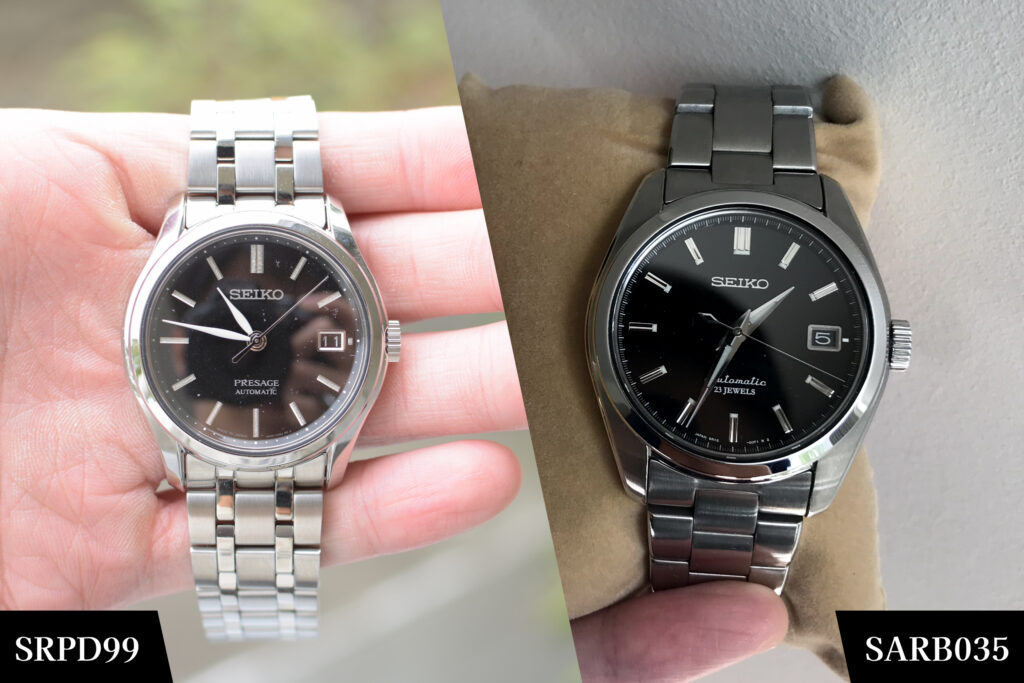
In terms of specifications, the SRPD99 and the SARB033 is basically the same watch except for the movement. The SARB has the higher grade 6R while the SRPD99 has the lower 4R. Both share a 38mm case and relevant dimensions; both has sapphire and a signed crown. I’ve always found the SARB’s to wear top heavy, but the SRPD99 didn’t have the same weight issue.
The lugs on the SRPD has a much sharper angle downwards, making it hug the wrist better than the SARB. Case finishing is visibly better executed on the SARB, whereas the SRPD has a simple polished finish. In terms of bracelet, I found a better fit with the SRPD99 even though it has no micro-adjustments.
My winner of the two? The SRPD99. That’s 1 point for modern Seiko’s.
Seiko Alpinist SARB017 vs Seiko SPB155
When it comes to the legendary SARB017, it’s an uphill battle for any successor. Unfortunately for the SPB155, the smaller 38mm modern alpinist loses on all accounts. Let’s start with the thick and clumsy case of the SPB155. It stands at almost 13mm tall with a protruding exhibition caseback which showcases a rudimentary 6R35 movement.
Compared to the SARB017, the case finishing on the SPB155 is average at best. The applied gold indices on the SARB017 have now been replaced by printed markers on the 155. I guess the bracelet is a plus on the SPB155? The stock strap on the SARB017 is straight garbage and it doesn’t have a bracelet option so it loses by default.
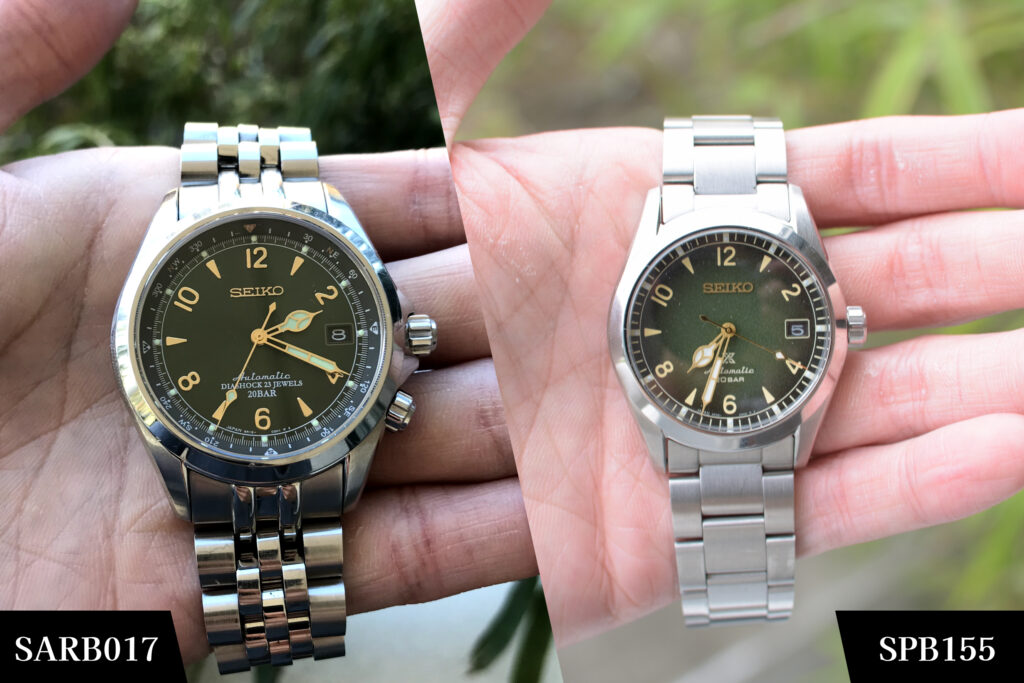
The SARB017 takes the cake on wearability and comfort. Even with a smaller case diameter, the SPB155 just doesn’t feel like a well constructed cohesive watch. It feels like an assignment that’s been completed last-minute by copying and pasting from ChatGPT. “Hey Chat, make me a new version of the SARB017”.
The SPB155 has lost everything that made the SARB017 a mountaineering watch – a true competitor to the Rolex Explorer at a fraction of the cost. This modern Seiko alpinist feels like a poorly executed homage to its older brother, the SARB017.
And that’s 1 point to older Seiko’s. The series is tied at 1 – 1.
Seiko SKX013 vs Seiko SRPK25 (Snoopy)
This is a tough battle, and I should preface that the winner won via personal preference, and maybe a bit of novelty? As someone with 6 inch wrists, I make it my life’s purpose to find mid-size watches that are comfortable. So imagine my delight when I discover a 38mm ISO-certified diver at the affordable price of under USD$250 (many years ago). Yes I bought the SKX013. I loved it, but I barely wore it. The main reason was how the SKX013 was proportioned – it was top heavy and wore too thick. The SKX013 was my ideal “perfect” watch, but what’s the point if I don’t ever feel like wearing it?
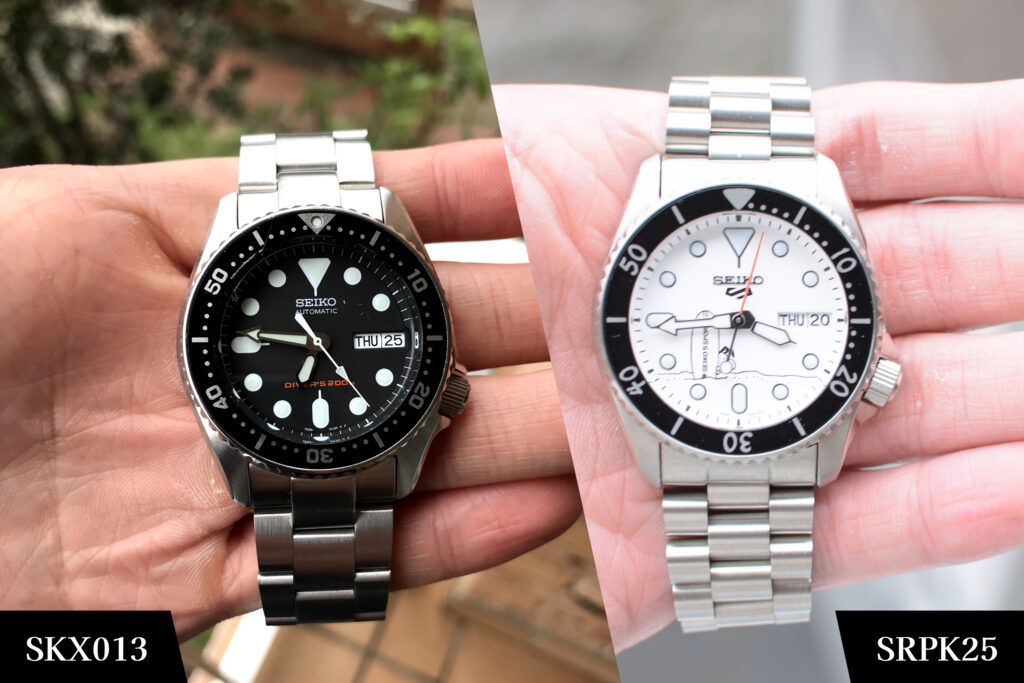
In comes the literal carbon-copy successor to the SKX013, the SPRK line up of 38mm Seiko 5’s. In all fairness, the SRPK line up of modern seiko affordable divers warrants some of the hate. Seiko took away the screw-down crown, ISO-certification, and some of the “affordability”. The only upgrade of the SPRK is the 4R movement (versus the 7s26).
But, I get awesome crossovers like having Snoopy on my white dial Seiko diver. Fine I’ll be honest I only bought this because it had Snoopy and a white dial. Having said that, the SRPK is so much more comfortable than the SKX013. The SRPK25 has zero top-heaviness, and is much slimmer and more refined to the wrist.
So, that’s 2 – 1, modern Seiko’s come out on top.
Are Modern Seiko’s about quantity?
While the overall value proposition of Seiko has decreased dramatically, we’re getting more variety in return. New cases, new dial designs, reissues of classics means there’s more options for us. For those with skinny wrists, there are more smaller Seiko’s than ever compared to when I started my watch journey. Back then, I only had the SKX013, SARB035 and the SARB017. Every other popular-ish Seiko was way too large, for example a PADI turtle was 44mm in case diameter.
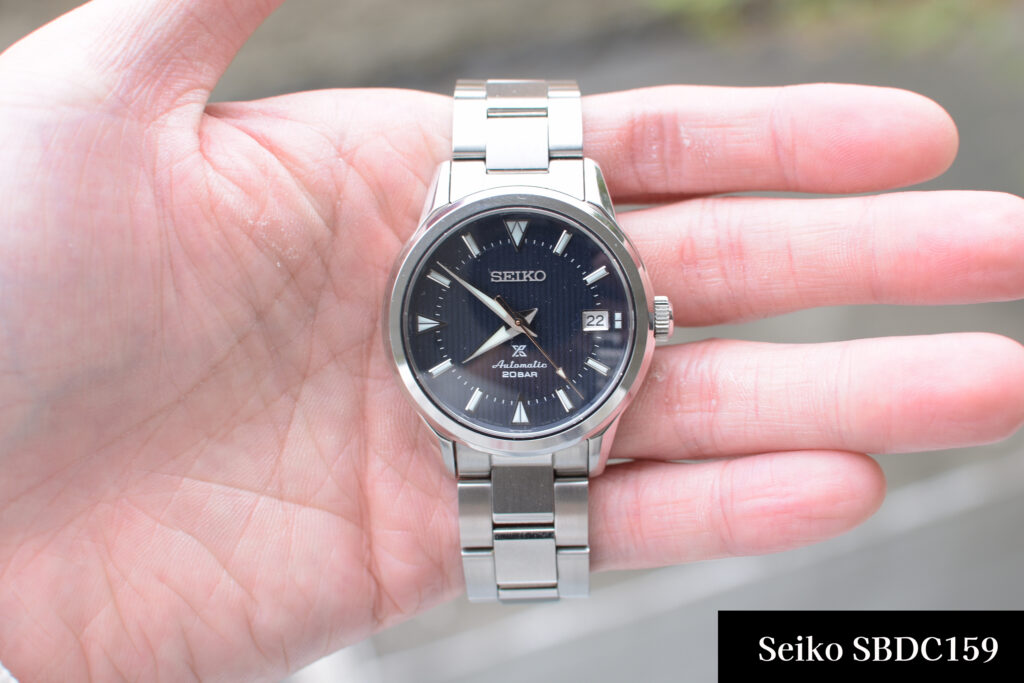
With some older Seiko’s, I used to force myself to like it by mass consuming reviews and YouTube videos on them. I never really had the urge to pick one up because I genuinely loved the watch. With some of these newer Seiko’s like the Snoopy, I just bought it – zero research. Perhaps it’s partially because I’ve grown as a watch enthusiast, but I’d like to attribute it to modern Seiko’s variety.
Final Verdict: Modern Seiko’s
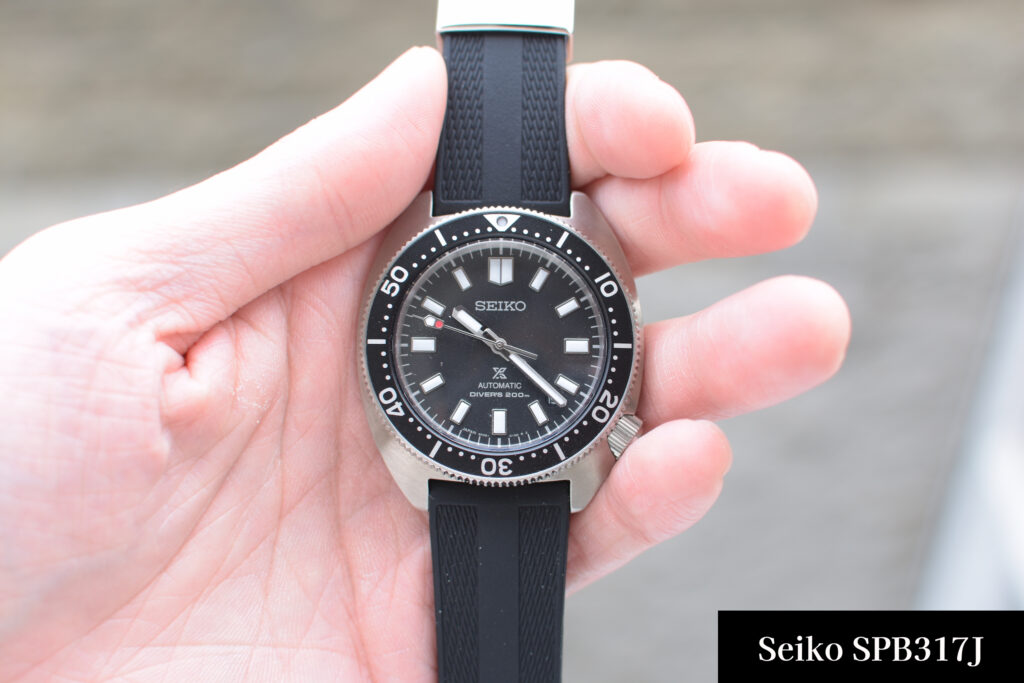
In a perfect world, we get the quantity of Modern Seiko’s with the built quality and finishing of older Seiko’s. Unfortunately we don’t live in a perfect world, especially not one with a barrage of microbrands trying to force their way into the watch scene. Don’t get me wrong microbrands are great value-for-money, and some of them are real innovators in the industry. If I’m honest, the quality on microbrands will blow a similar priced Seiko out of the water any day. Then again, I don’t buy watches based on it’s spec sheets. I’m not scouting for the NBA draft.
Watches aren’t exactly practical things, we have our phones to tell the time. Instead they’re emotional purchases, and whilst today’s Seiko’s have gone backwards in terms of quality, the watchmaking DNA and history is still present. And that’s enough for me.
